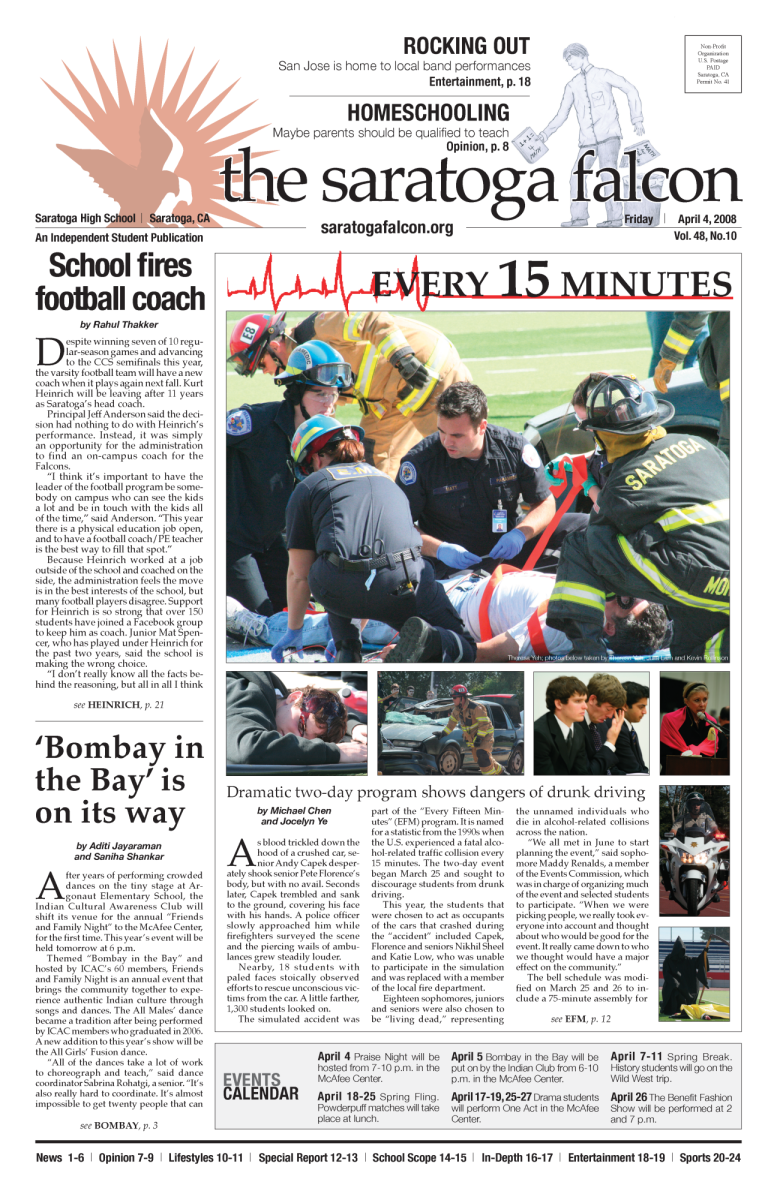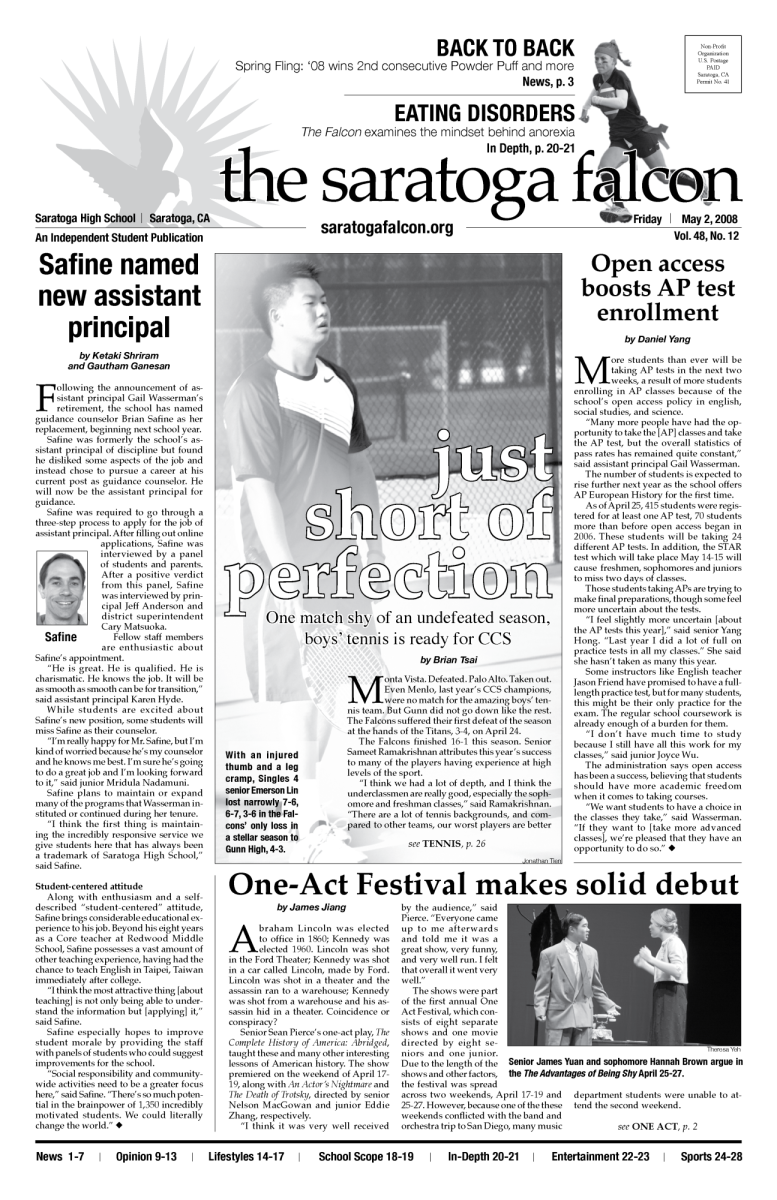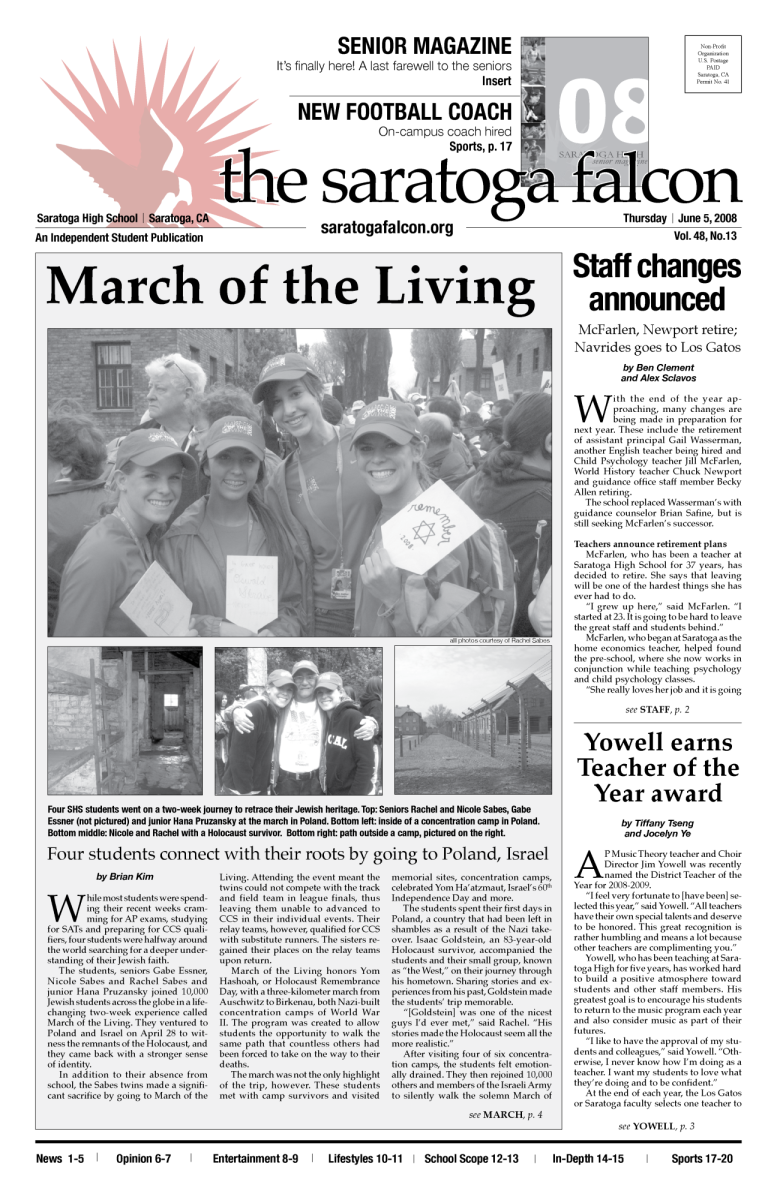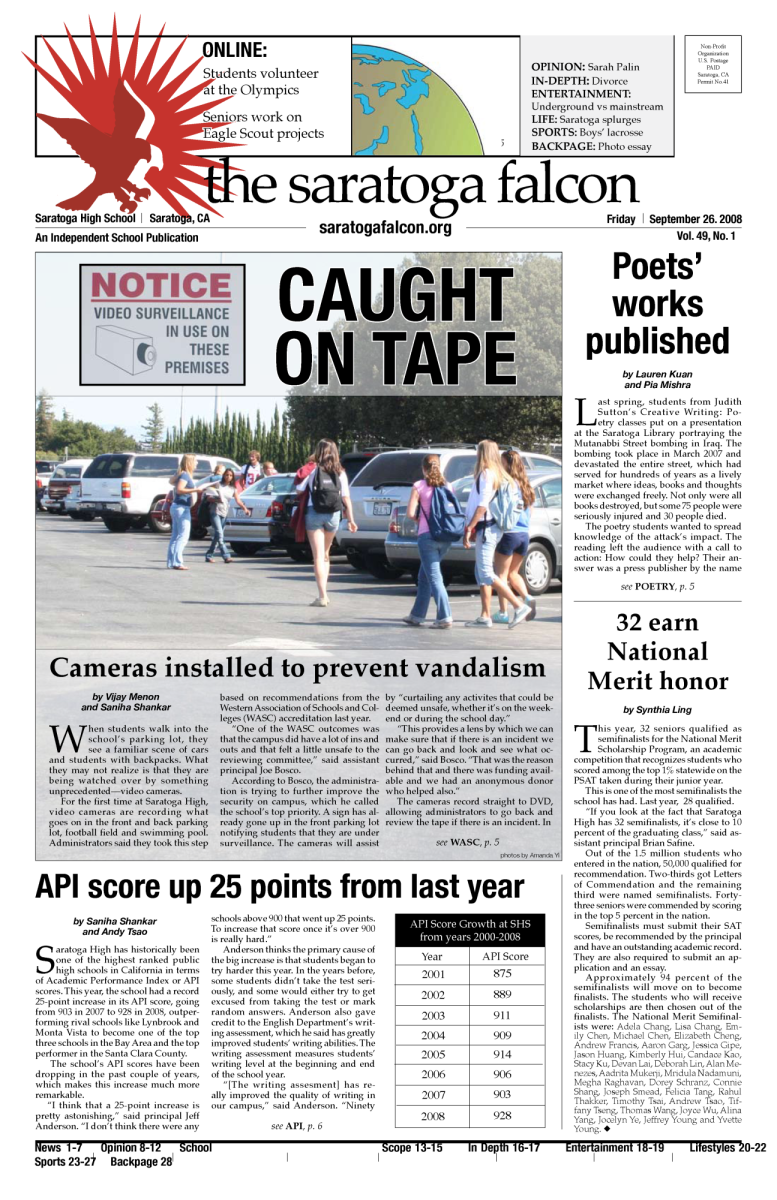While descending the Teotihuacán Pyramids in February of her senior year, 2013 alumna Melodie Bellegarda passionately sang along to Luis Enrique’s “Yo No Se Mañana” with her newly made friends from Cuernavaca, Mexico, marveling at the ease with which she was able to enjoy and adapt to Mexican culture.
Such moments when Bellegarda could employ her knowledge of Spanish outside of the classroom helped her grow in her ability to speak and appreciate the language.
Determined to attain fluency of the language, Bellegarda pursued Spanish as an additional major on top of her neurobiology major at UC Berkeley, and she has since taken a variety of courses from Latin American cinema and photography to Spanish history and culture.
According to Bellegarda, taking a college-level Spanish course is a whole new experience compared to high school Spanish classes. Aside from an extremely small class size with no more than 20 undergraduates, about half of the class includes native speakers, allowing all students to become familiar with many different accents from Costa Rican to Mexican.
Even though Spanish college courses are more centered on analyzing literature and writing papers, Bellegarda attributes her success in college-level Spanish to the Spanish classes she took at SHS, which provided her with all the basic fundamentals.
“From Spanish 1 and 2 teacher Señora Rodriguez and Spanish 3 teacher Señora Voorhees, I learned basic vocabulary and syntax, while Spanish 4 Honors and 5 AP teacher Señor Rodriguex focused on pragmatics and the importance of conversations,” Bellegarda said.
While Rodriguez uses a mix of both English and Spanish when teaching her students, Voorhees and Rodriguex generally conduct their classes entirely in Spanish, as students become more comfortable and confident with their knowledge of the language.
Many teachers also implement incentives to encourage students to speak to each other in Spanish during class; for example, Voorhees burns a candle while students speak in Spanish and rewards them with food and a movie when the candle burns out.
Bellegarda believes that her high school teachers’ efforts to strengthen students’ writing and speaking skills have paid off.
“All my [high school] teachers played a big role in my language acquisition and development, and I’m now at the point where I can write 10-page Spanish papers with ease and confidence,” Bellegarda said.
Like Bellegarda, many SHS graduates found it relatively easy to pick up Spanish where they left off after high school, with some students even deciding to live abroad.
2011 alumnus Kyle Fukui, who now researches marine microorganisms in Chile, said that the emphasis the school’s Spanish teachers put on understanding culture rather than just learning words helped him “approach other cultures with an open mind.”
Rodriguex, who has been in contact with many of his past students, attributes a good command of Spanish to the amount of effort a student puts into actually using the language.
“What we provide here is what we think will build a good, solid foundation for continuing Spanish in college,” Rodriguex said. “Because time and resources are limited, students must take advantage of every opportunity and use their Spanish as much as possible.”



























